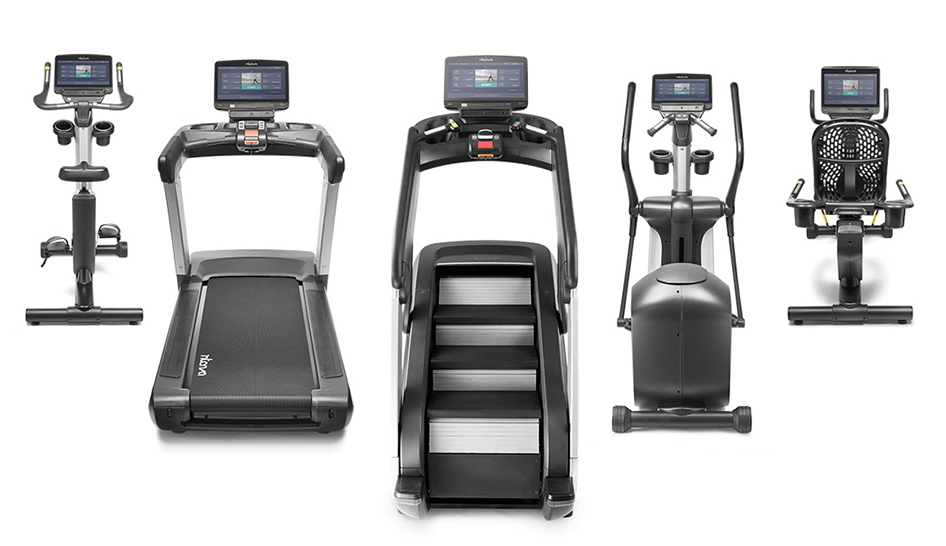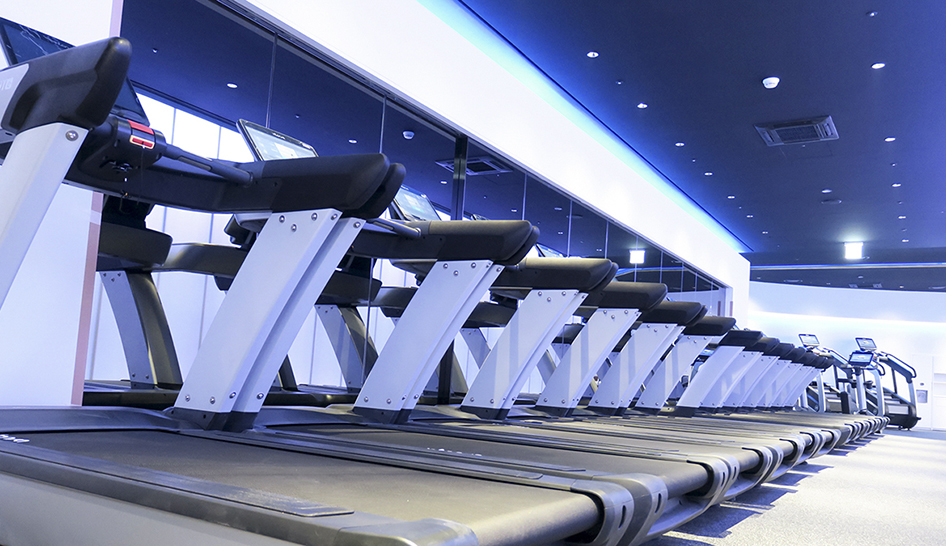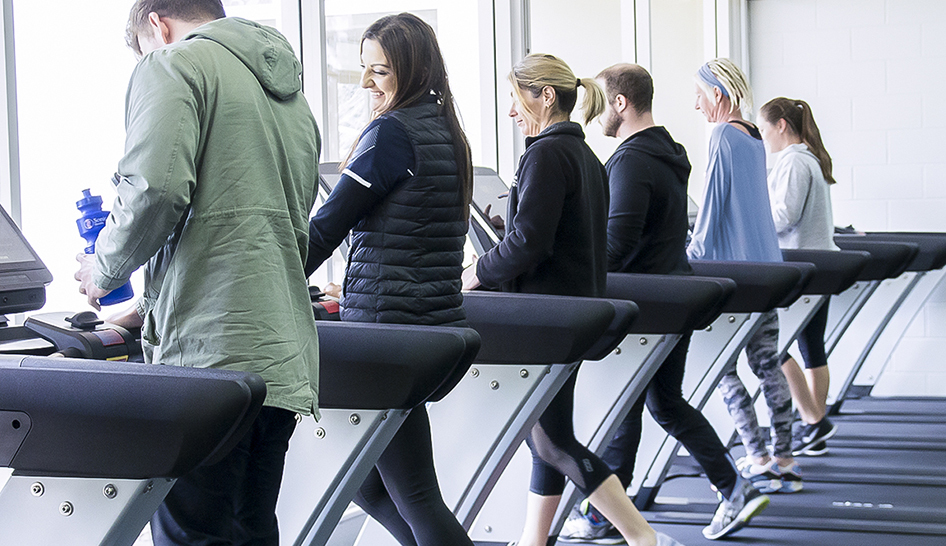
This is an IHRSA featured article, brought to you by Intenza.
How Smart Equipment Can Boost Health Club Retention
Self-diagnostics can solve equipment problems before they become member problems.

The common science fiction trope of artificial intelligence (AI) usurping flesh-and-blood humans doesn’t seem to be keeping many people up late at night these days. On the contrary, many of us are more than happy sharing our thoughts with Alexa and all her friends as we go about our day.
Funny thing is that while technology makes our lives easier and quicker, we’re running out of patience. And the younger you are, the less time you’re willing to spend waiting for service from providers. According to data from SXSW Interactive, the average attention span for Millennials is 12 seconds. For Generation Z, it’s eight seconds.
Online retailers, in particular, are well aware of short attention spans. That’s why so many merchants are committed to reducing “friction points,” encumbrances that discourage consumers from continuing the process of buying goods and services.
One survey
by a retail analyst found that 56% of businesses believed they could survive three friction points, but other data shows that 30% of shoppers will stop their purchasing efforts after two friction points.
Like all business owners who deal directly with consumers, health club operators have to deal with friction points during the sales process, whether it’s online or in store. But unlike those who sell goods, health clubs never stop selling. Every membership renewal is jeopardized by poor member experiences that can occur during regular visits to the club.
Your retention rates depend on you eliminating problems that can occur on-site. With patience thinning in consumers these days, you have to be proactive, not reactive. And this is where the “smart” gym can excel.

Eliminating the Biggest Friction Point
Some things that turn off members—club cleanliness, employee conduct, parking availability, etc.—are beyond the reach of cloud-connected smart technology. But smart machines can help eliminate one major friction point: broken equipment. In fact, machine maintenance may be the most important factor for most members, according to Michael Rucker, the vice president of technology for Active Wellness.
“We discovered that there’s a significant number of members who, if their favorite piece of cardio equipment is down for maintenance, will choose not to work out. Instead of finding an alternative, they leave the club disappointed,” says Rucker. “This indicates that taking equipment out of inventory has a more negative impact than most of us in the industry had realized. Knowing that something isn’t working—it matters!”
Mike Feeney, executive vice president of the investment firm New Evolution Ventures, has been in the health club business since 1989. He’s learned over the years how important equipment maintenance is to customer satisfaction.
“Equipment downtime is what matters most for every member—it’s frustrating for them,” he says.
What makes the problem worse, according to Feeney, is that malfunctioning machines are often simply neglected by members who never tell gym management that there’s an issue, even if they don’t leave the club.
“They don’t have time. They’ll just hop on another treadmill, bike, or elliptical, so automatic warnings are crucial to maintaining uptime,” explains Feeney.
This is why smart technology that alerts club operators to inoperable machines with automatic diagnostics can be crucial to retention efforts.

Fixing the Problem Before You Know You Have One
Your inventory of cardio machines is the life-blood of your club. According to the recently published 2018 IHRSA Health Club Consumer Report:
- Treadmills still rule as the most popular piece of equipment;
- The use of stair-climbing machines has grown by 27%;
- Group cycling ranks as the most popular activity for ages 25-34, tied with cardio kickboxing.
That puts a lot pressure on club owners to maintain equipment for a member base that doesn’t have patience for machine downtime. Automatic reporting from smart technology isn’t just convenient, it’s a form of retention insurance.
But not all cloud-connected smart gyms are the same. You need a system that works seamlessly and provides real-time reports that alert you to an equipment problem before it becomes a member problem.
International equipment brand, Intenza, realized the need for club owners to have smart equipment that solves repair issues quickly. Their solution is a next-level technology called InCare.
InCare is a built-in self-diagnostic tool that creates a report of any type of equipment malfunction and informs the service team. The strength of the InCare system is in reducing machine downtime. If any problem occurs, the product is able to send a report to the server within 60 seconds. Then within another 60 seconds, the server will inform the service team. Within an hour, the distributor is informed, too. This means that the Intenza service team is aware of the issue even before the facility manager realizes there’s a problem.
The other advantage is that the machine itself writes and sends the report to the service team. Technicians will be able to determine the root cause of the issue and provide solutions within 24 hours, increasing the FTFR (first time fix rate) that will reduce downtime, help control costs, and, last but not least, reduce hassle for club owners who otherwise have to identify the issue, contact repair techs, and explain the problem.
InCare is available on all of Intenza’s advanced cardio line. The company offers an Entertainment Series and Interactive Series. The “Entertainment” version has Wi-Fi access, and the “Interactive” series is a manual USB plug-in. Both versions provide the self-diagnostics that will help keep your cardio floor in top working condition.
For more information on Intenza and their products, visit their website and learn how InCare can help you create a great member experience and boost retention.